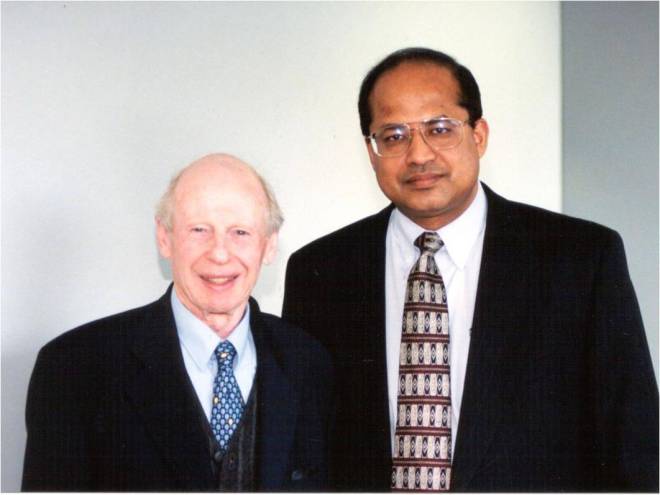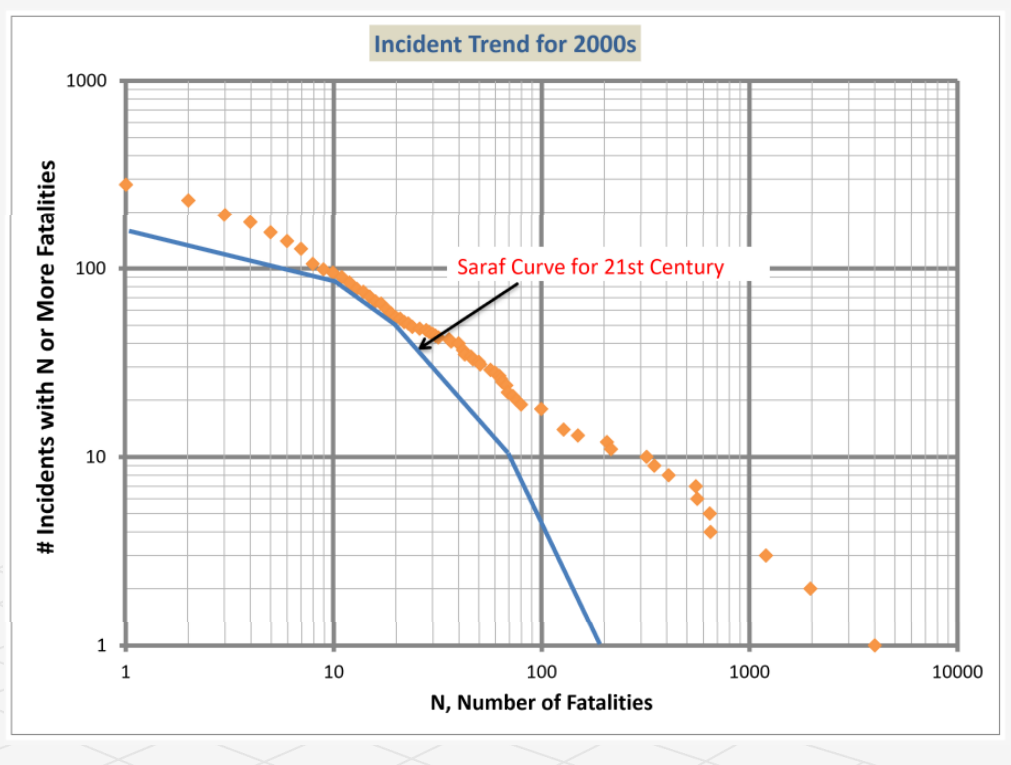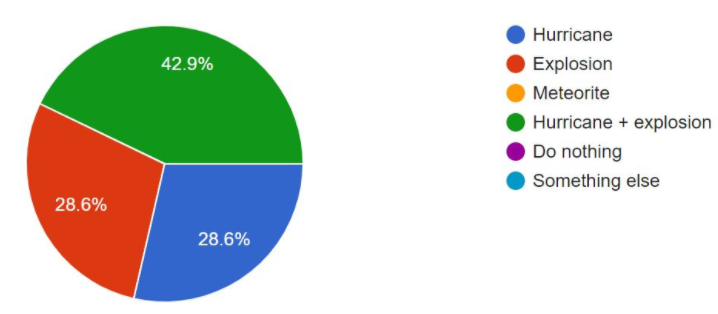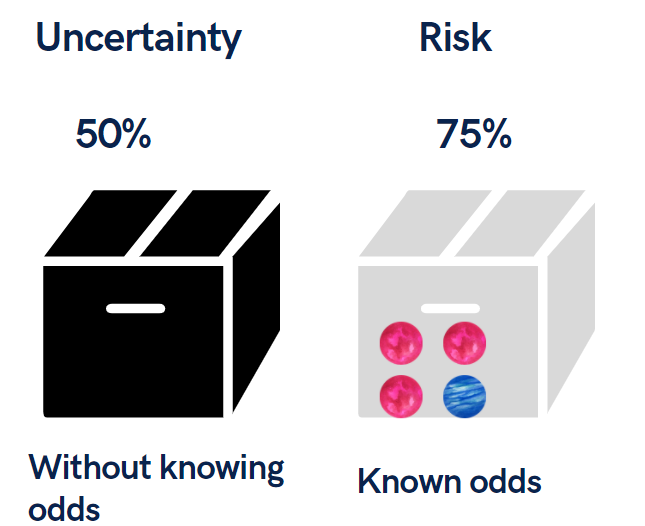


Even with data available for decision making, people make decisions based on their personal bias.
In making decisions around reducing asset failures, you realize all your worries are in the future but all the data is in the past.


My favorite definition of risk comes from a fortune cookie. In Mandarin, risk or crisis is represented by two words: Danger and Opportunity. Every downside has an upside.

In quantifying risks from failures, you invariably rely on mathematical models. You truly need to understand the risk drivers to make a sound decision.

It is easy to get lost in numbers and data, particularly today. Decision making and particularly, risk-based decision-making, is lot more complex and remains a human process influenced by emotions and biases.

It is not how that last maintainable part fails but how the various sub-systems interact leading to system failure.

Working on process safety leading indicators, predictive maintenance, human performance, asset integrity. Think in terms of causal factors and take a bottom-up approach.

There will always be struggle to allocate resources and your view of risk will really begin to matter. Prioritize prevention over mitigaiton.